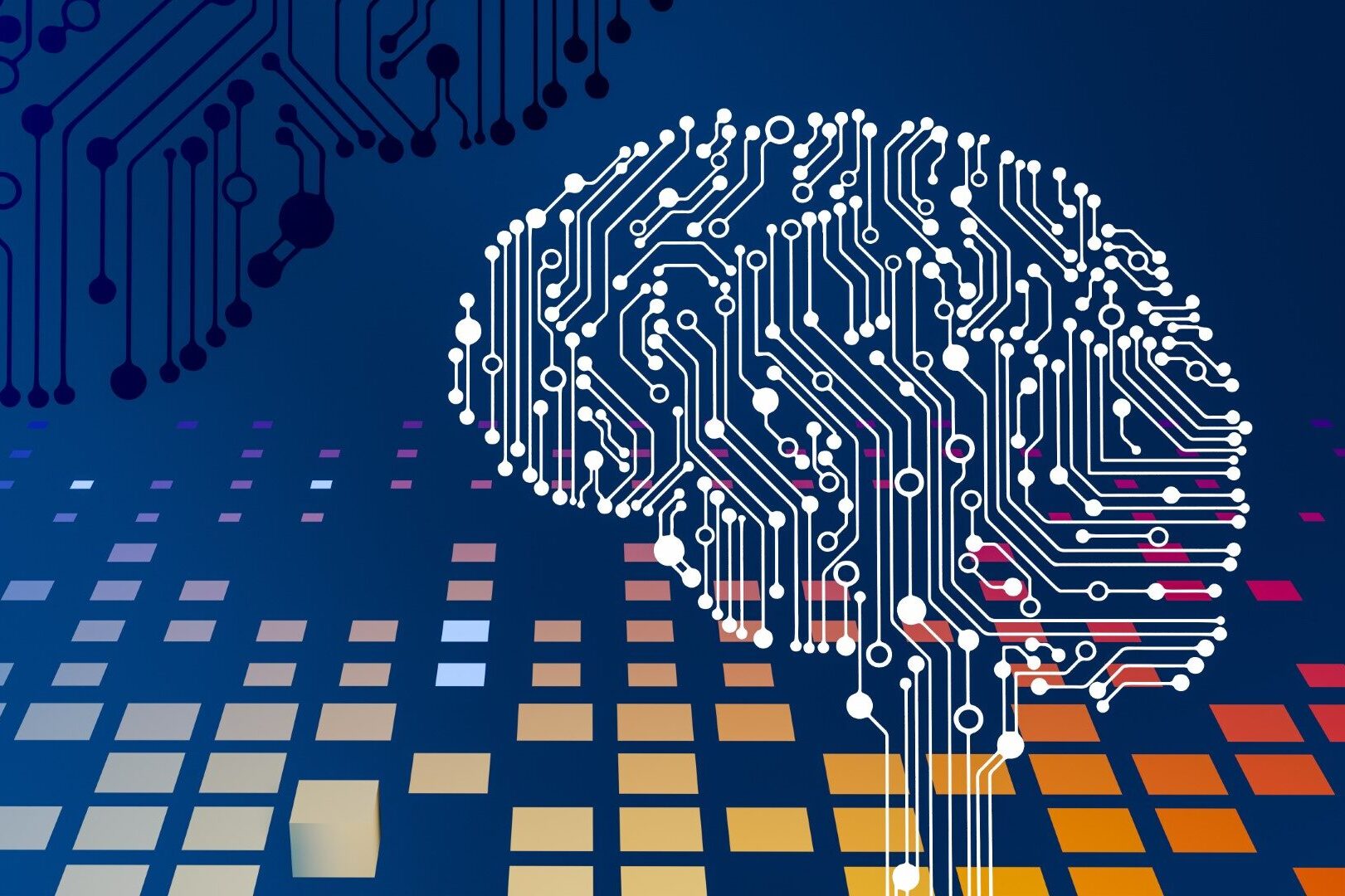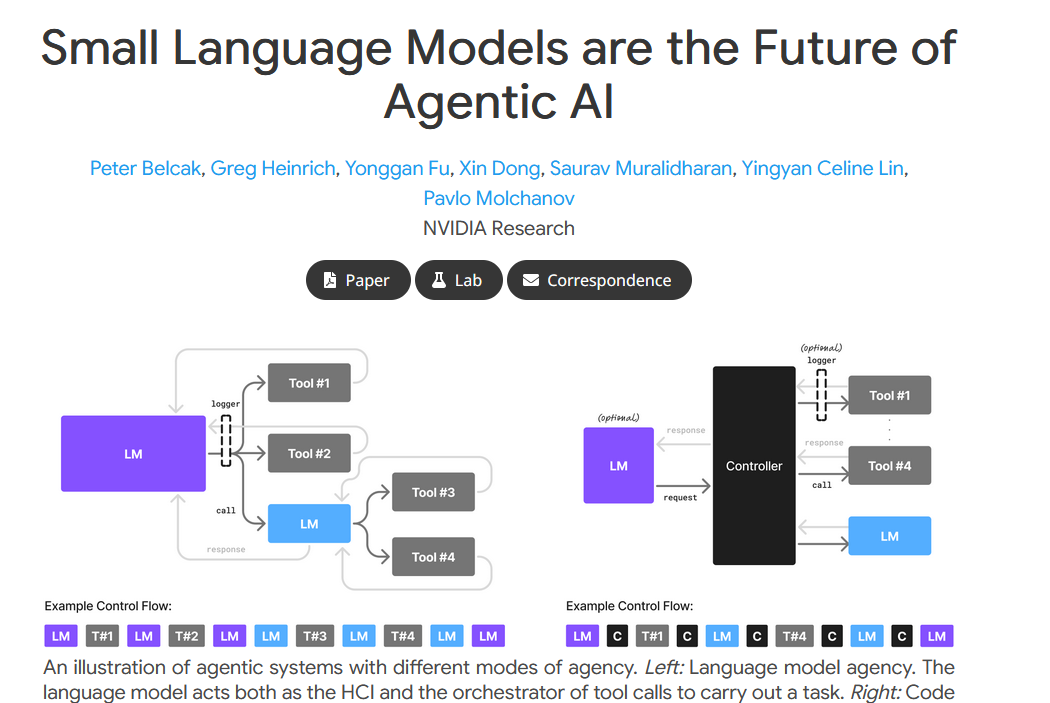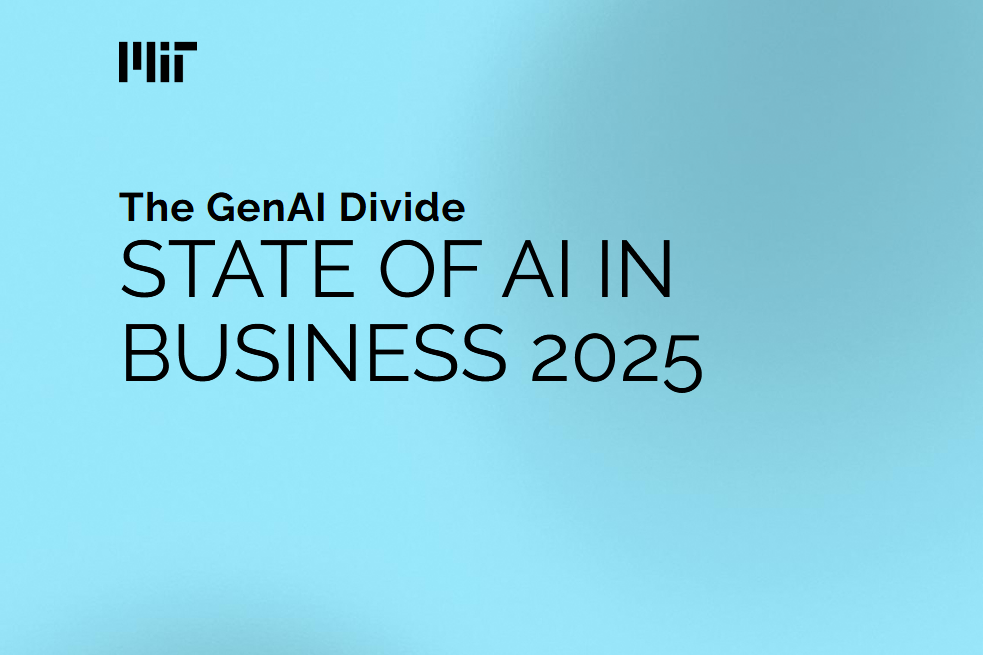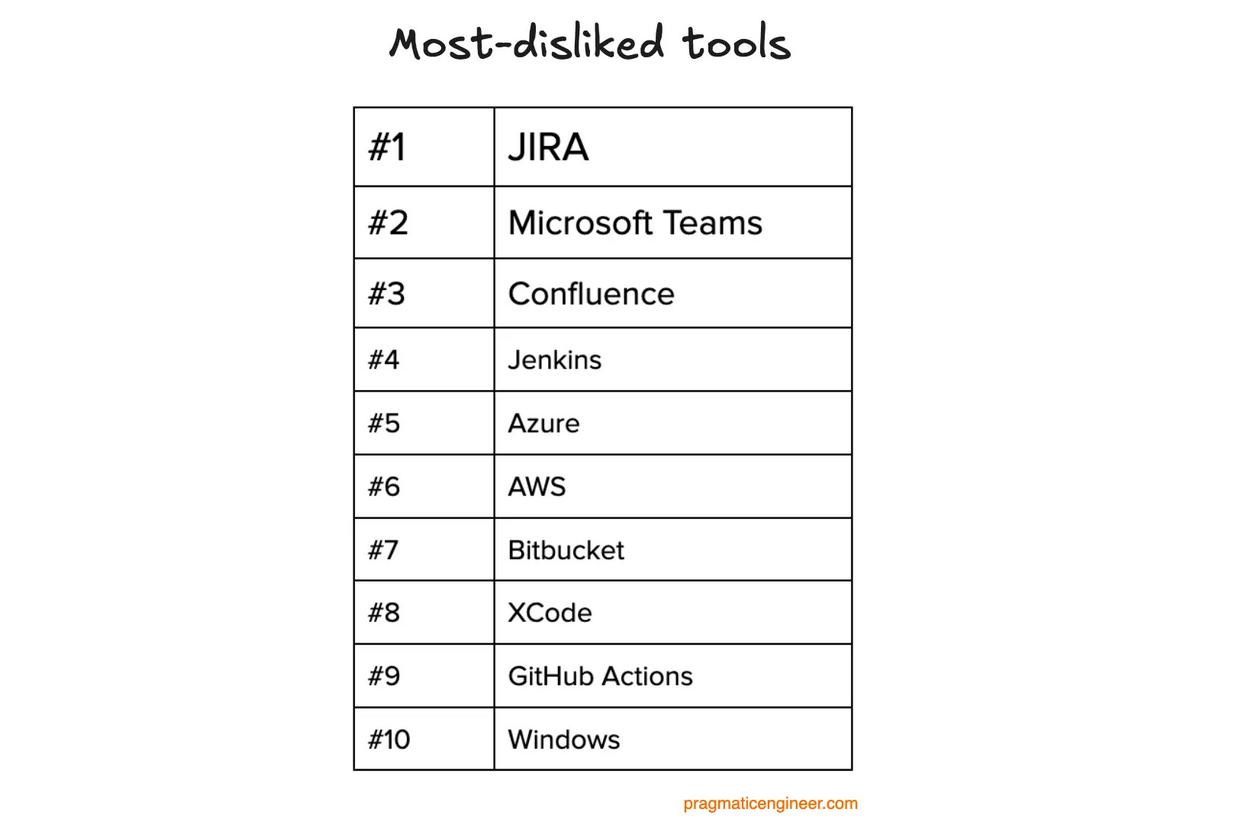The landscape of technology is ever-evolving, and one of the most seismic shifts of recent times has been the rise of Artificial Intelligence (AI), especially Generative AI. Once a niche domain explored only by the world’s largest tech conglomerates, AI has burgeoned into a foundational tool that drives innovation across industries. However, as AI began to shape the future of business, a clear chasm emerged. Big Tech companies held sway over advanced AI models, while the rest seemed to be in a perpetual catch-up mode.
Enter the era of Large Language Models (LLMs). These sophisticated AI models promised to revolutionize tasks ranging from data processing to customer service. But, like many technological breakthroughs, there was a catch: access. The early days of LLMs were marked by exclusivity, with the reins firmly in the hands of tech giants. This exclusivity not only limited innovation but threatened to widen the technological gap between the Big Tech companies and the rest.
However, the wheel of innovation is always turning. The open-source movement, combined with determined efforts from forward-thinking enterprises, has begun to level the playing field. Medium-sized companies, once on the periphery, are now at the forefront of AI integration, shaping its evolution and harnessing its potential in unprecedented ways.
In this blog post, we journey through this transformative era, exploring the milestones that made AI accessible, the challenges that still persist, and the bright future that beckons for businesses, irrespective of their size.
The LLM Landscape: From Exclusivity to Accessibility
When ChatGPT showcased the prowess of LLMs in late 2022, it unveiled a realm of possibility that was breathtaking. These models, with their capacity to automate tasks and craft unique consumer experiences, were like nothing we had seen before. They promised a future where content could be generated, queries answered, and complex tasks simplified with an efficiency that was previously relegated to the realm of science fiction.
Yet, for all their promise, these LLMs were ensconced behind formidable barriers. Building a sophisticated LLM wasn’t just about having a brilliant idea; it necessitated access to massive data repositories, state-of-the-art hardware accelerators, and the kind of capital that only industry behemoths could muster. This raised concerns in the industry, with many fearing that these advanced AI tools would remain the exclusive domain of Big Tech, leaving smaller players scrambling for crumbs.
A New Era of Accessibility
The emergence of open-source LLMs like “Llama 2,” “Mistral,” and “Falcon LLM” marked a game-changing moment, heralding a new age in the AI sphere. No longer confined to the guarded vaults of Big Tech, advanced AI tools were now accessible to developers, startups, and businesses, both large and small. This shift in paradigm wasn’t merely symbolic; it represented a tangible change in power dynamics, enabling a wider spectrum of innovators to shape the future of technology.
Yet, with the growing excitement over open accessibility, a stark realization emerged: having access to these tools was merely the starting point. The greater challenge was deploying and integrating these models effectively. An alarming 85% of generative AI projects remained stuck in the proof of concept phase. Despite the abundance of tools at their disposal, many projects faced difficulties in moving from a conceptual stage to actual implementation.
Venturing further into this uncharted territory, another challenge became clear: adaptation. How could these general-purpose models be tailored to meet the nuanced needs of various industries and applications? Whether it was customizing a model for streamlined customer service in finance or fine-tuning it for healthcare diagnostics, the demands were diverse and intricate.
In response, the AI community rose to the occasion. Techniques like LoRA, QLoRA, PEFT, and more stand as testament to a collective drive to push the envelope. These strategies enabled the fine-tuning of LLMs in ways previously deemed unattainable, cutting down on memory usage and computational costs without compromising on accuracy. However, while these techniques were groundbreaking, incorporating them into real-world applications demanded expertise, substantial resources, and an in-depth grasp of the foundational principles. Additionally, the sheer number of emerging open-source tools and platforms, each with its unique features and learning curve, compounded the complexity. For many, especially those lacking extensive technical teams or significant budgets, navigating this intricate landscape proved challenging.
But this new era was about more than just access; it emphasized equity. Companies, regardless of their size or financial standing, could now genuinely tap into the power of AI. The plethora of tools and methodologies available guaranteed that with the right expertise and guidance, any organization could adapt, innovate, and flourish in this AI-centric world.
The Role of ArtiQuare for Medium Sized Companies
In this whirlwind of innovation, mid-sized companies often find themselves at a crossroads, faced with a multitude of tools and methodologies. This is where Artiquare becomes invaluable. ArtiQuare assists companies in navigating this vibrant AI ecosystem, ensuring they select and utilize the most appropriate tools and strategies.
By collaborating with experts like Artiquare, companies can:
- Leverage a plethora of AI models: Instead of building from scratch, they can adapt pre-trained LLMs to their business requirements.
- Optimize costs: Employ innovative techniques like LoRA, QLora and their alternatives to achieve premium outcomes without straining resources.
- Elevate their competitive edge: With AI deeply integrated into their frameworks, companies can enhance their offerings, rivaling even the Big Tech entities.
ArtiQuare recognizes the distinct needs of medium-sized entities. Unlike sprawling tech giants with vast resources, these companies seek impactful, yet cost-effective solutions. It’s not just about accessing cutting-edge AI tools; it’s about integrating them in a way that resonates with a company’s mission and operational intricacies. With an ever-expanding suite of AI tools and methodologies, it’s easy for businesses to feel overwhelmed. ArtiQuare stands as a guiding force, helping companies discern the right tools, stay attuned to emerging trends, and navigate the often-turbulent waters from proof-of-concept to full-scale deployment.
In a nutshell, ArtiQuare isn’t just a service provider. They are strategic partners, pivotal in ensuring that the transformative power of AI isn’t just realized but is harnessed to catalyze innovation, efficiency, and growth for medium-sized businesses.
Navigating the AI Horizon: What Lies Ahead for Medium-Sized Companies?
The adoption of AI by medium-sized businesses is more than a passing trend; it’s set to be a mainstay, defining operational efficiency, customer experiences, and business strategies in the years to come. But as with all technological revolutions, staying ahead requires a keen understanding of the evolving landscape.
Emerging AI Trends to Watch:
- Autonomous Processes and Decisions: As AI systems become more sophisticated, we can expect them to shoulder more responsibilities. For medium-sized businesses, this could mean automating intricate tasks that previously required manual oversight, freeing up human resources for more strategic endeavors.
- Enhanced Personalization: As data-driven insights become more precise, businesses will have the tools to offer unprecedented levels of personalization. Whether it’s in marketing campaigns, product recommendations, or customer support, AI will allow companies to cater to the individual preferences of their audience on a mass scale.
- AI Ethics and Fairness: With increased AI adoption, discussions around ethics, bias, and fairness in algorithms will gain prominence. Medium-sized businesses will need to ensure that their AI solutions are not just effective but also ethically sound and free from unintentional biases.
- Collaborative AI: The future isn’t about humans vs. machines; it’s about humans working in tandem with machines. The emergence of collaborative AI tools will see machines augmenting human capabilities, leading to a synergistic work environment where the combined output is greater than the sum of its parts.
Challenges and Opportunities:
While these trends offer exciting possibilities, they come with their own set of challenges. The ever-increasing complexity of AI tools might make their adoption seem daunting. Data privacy concerns, especially with personalized services, will need meticulous attention. And as AI takes on more roles, ensuring that the technology aligns with a company’s brand values and mission will be crucial.
However, for those who can navigate these challenges, the opportunities are vast. By adopting AI early and effectively, medium-sized businesses can level the playing field, competing with larger entities not just on resources but on innovation and agility.
The key lies in preparation and partnership. By understanding the future trajectory of AI and collaborating with the right partners like Artiquare, medium-sized companies can not only adapt to the AI-driven future but shape it.
Wrapping Up
The transformation of AI from a tightly-held asset of the Big Tech realm to an accessible tool for medium-sized enterprises underscores the dynamic and inclusive future of technology. As open-source movements challenge monopolies and methodologies evolve to adapt to diverse needs, the once unbridgeable gap is narrowing. Companies like ArtiQuare are pivotal in this shift, ensuring that the transition from concept to implementation isn’t just a possibility but a reality for many.
However, as with any paradigm shift, challenges persist. Navigating the complex terrain of emerging tools, platforms, and techniques requires diligence and expertise. But, with the right guidance and an ever-expanding ecosystem of resources, the promise of AI is more attainable than ever. As we stand at this technological crossroads, the message is clear: The future of AI isn’t just about availability—it’s about inclusivity, adaptability, and the democratization of innovation.





